How Biden's vaccination plan for young kids differs from the plan for adults


The White House on Wednesday unveiled its plan to distribute the Pfizer and BioNTech COVID-19 vaccine to children ages 5 to 11 pending the shot's authorization by U.S. drug regulators, reports CNBC. But don't expect the campaign to look and feel exactly the same as it did for adults, or even teenagers ages 12 to 15.
For one thing, the "5-to-11 age group, with 28 million children, is far larger than the 12-to-15 group, with 17 million," who are already eligible for the vaccine, writes The New York Times. And unlike that for U.S. adults, the plan for the younger group also features fewer mass vaccination sites, considering children often cry and tend to be "more sensitive patients."
"We don't want lines of kids," said Sonya Bernstein, a senior policy adviser for the White House COVID-19 response team. Instead, "pediatrician's offices, children's hospitals and pharmacies with in-store clinics will be the preferred options," explains the Times. The administration is aiming for a "kid-friendly experience that makes sure that we're getting shots in arms with trusted providers in ways that makes parents feel comfortable," per Bernstein.
The Week
Escape your echo chamber. Get the facts behind the news, plus analysis from multiple perspectives.

Sign up for The Week's Free Newsletters
From our morning news briefing to a weekly Good News Newsletter, get the best of The Week delivered directly to your inbox.
From our morning news briefing to a weekly Good News Newsletter, get the best of The Week delivered directly to your inbox.
The shots themselves will also look different. Needles and the vials that hold the vaccine will be child-sized, smaller and more easily stored. Dosage is also expected to shrink to 10 micrograms from the 30-microgram dose used for ages 12 and up, per the Times.
Finally, officials plan to lean "heavily on local health experts, who they believe are more trusted in their communities and can help reach high-risk children," writes the Times. "Children's hospitals and health systems will be a critical part of our efforts," the administration wrote in its memo.
Said COVID-19 Response Coordinator Jeff Zients: "Should the FDA and CDC authorize the vaccine, we will be ready to get shots in arms."
A free daily email with the biggest news stories of the day – and the best features from TheWeek.com
Brigid Kennedy worked at The Week from 2021 to 2023 as a staff writer, junior editor and then story editor, with an interest in U.S. politics, the economy and the music industry.
-
 7 bars with comforting cocktails and great hospitality
7 bars with comforting cocktails and great hospitalitythe week recommends Winter is a fine time for going out and drinking up
-
 7 recipes that meet you wherever you are during winter
7 recipes that meet you wherever you are during winterthe week recommends Low-key January and decadent holiday eating are all accounted for
-
 Nine best TV shows of the year
Nine best TV shows of the yearThe Week Recommends From Adolescence to Amandaland
-
 Covid-19 mRNA vaccines could help fight cancer
Covid-19 mRNA vaccines could help fight cancerUnder the radar They boost the immune system
-
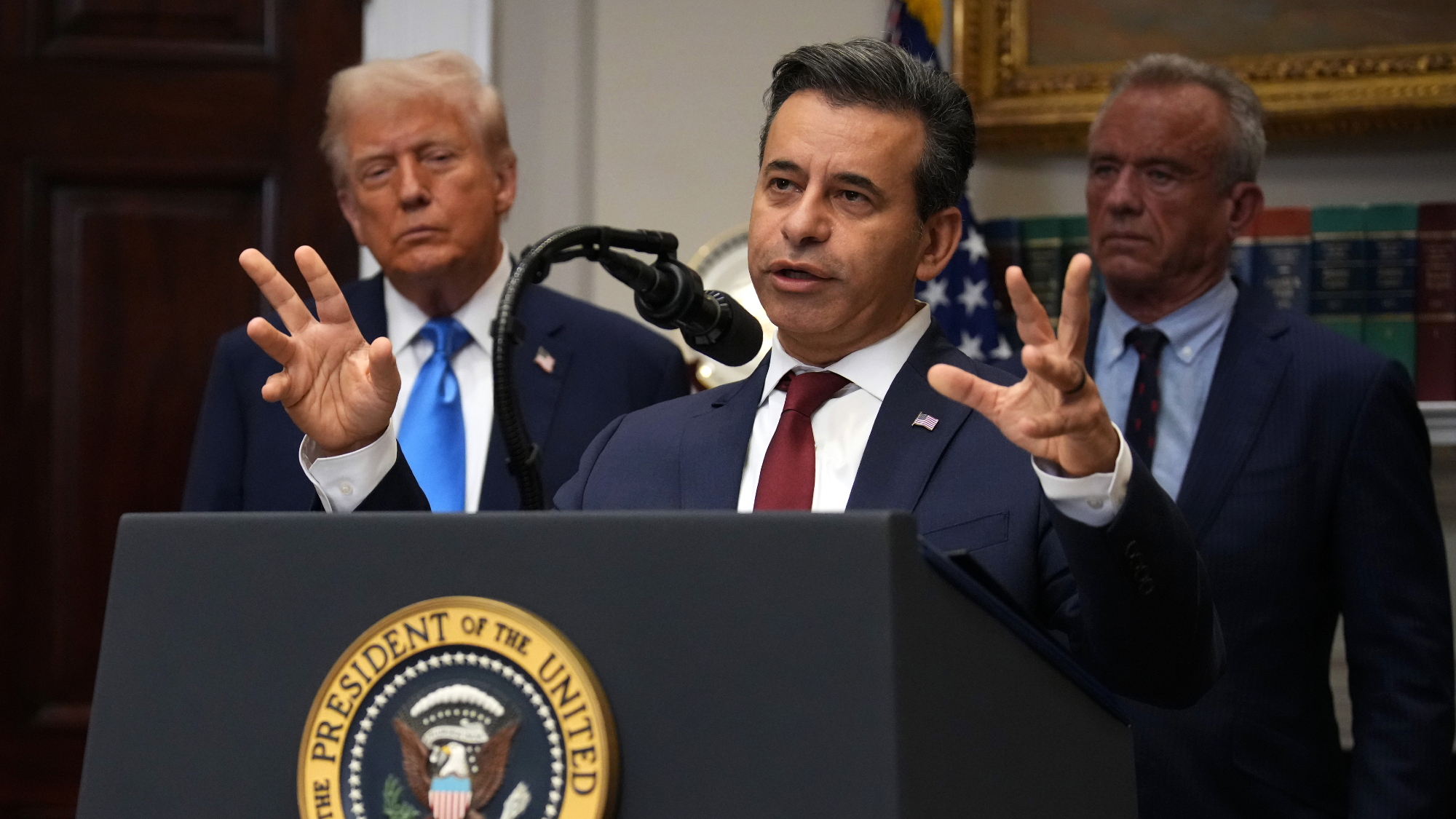 FDA OKs generic abortion pill, riling the right
FDA OKs generic abortion pill, riling the rightSpeed Read The drug in question is a generic version of mifepristone, used to carry out two-thirds of US abortions
-
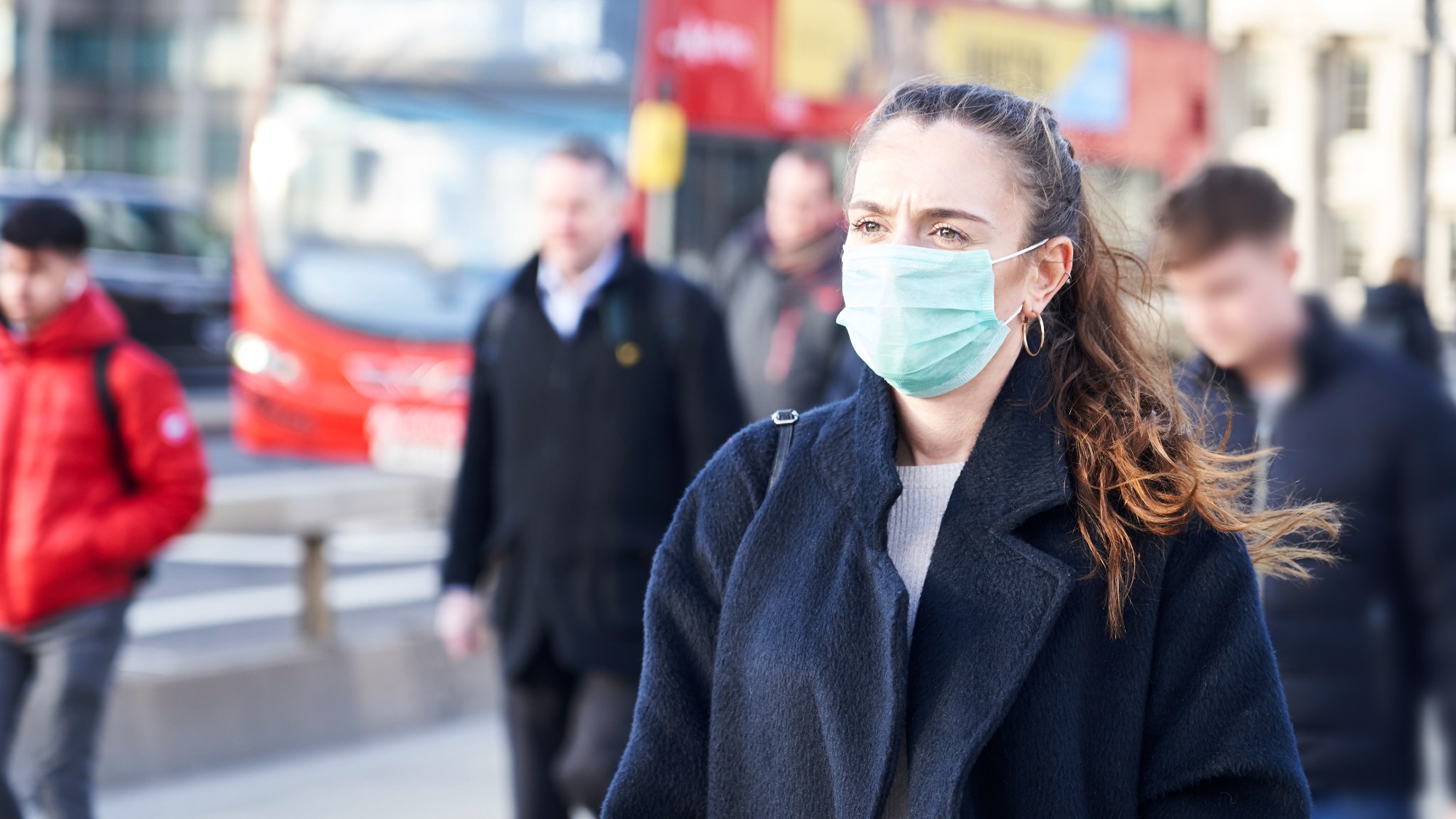 The new Stratus Covid strain – and why it’s on the rise
The new Stratus Covid strain – and why it’s on the riseThe Explainer ‘No evidence’ new variant is more dangerous or that vaccines won’t work against it, say UK health experts
-
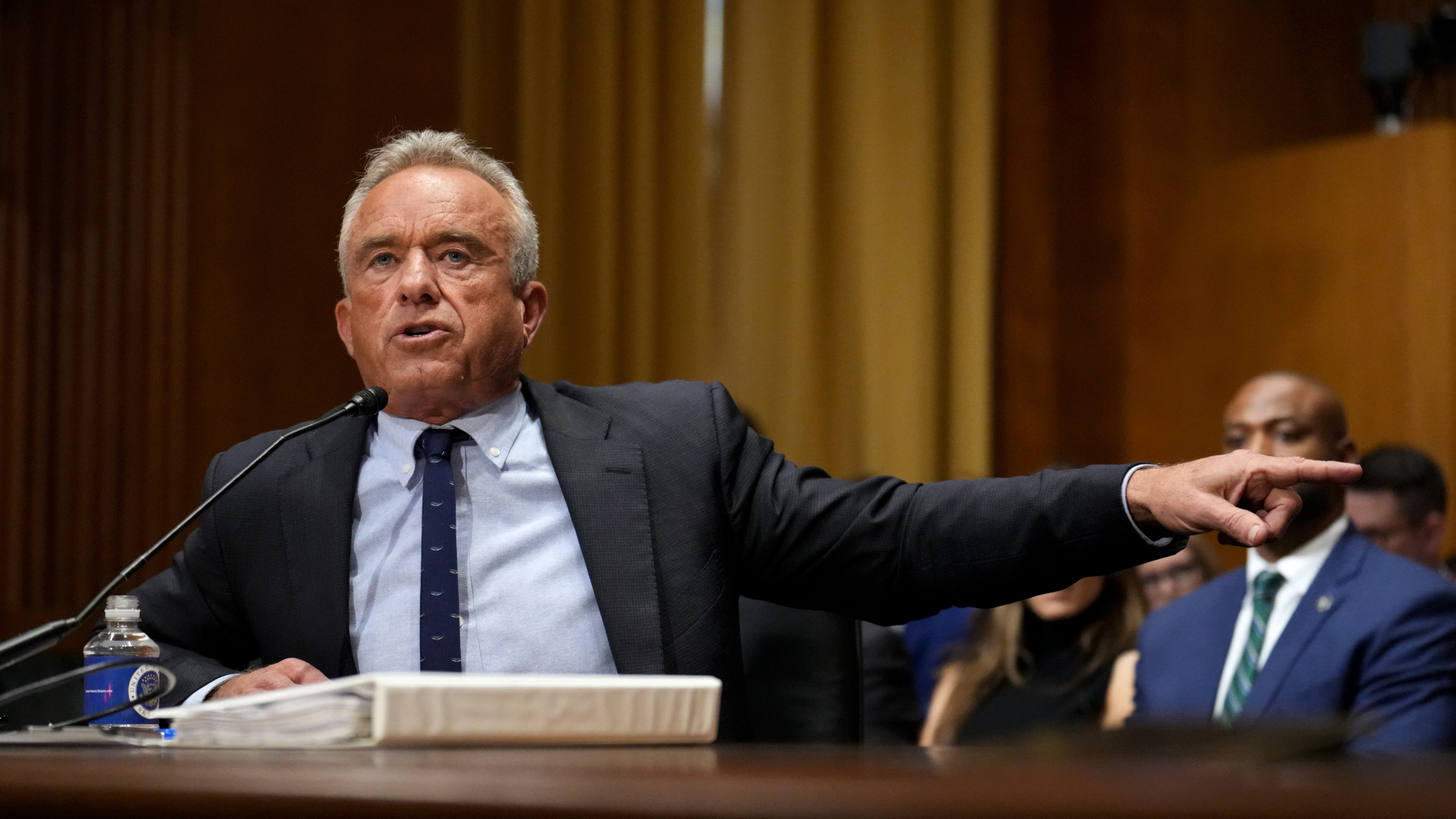 RFK Jr. vaccine panel advises restricting MMRV shot
RFK Jr. vaccine panel advises restricting MMRV shotSpeed Read The committee voted to restrict access to a childhood vaccine against chickenpox
-
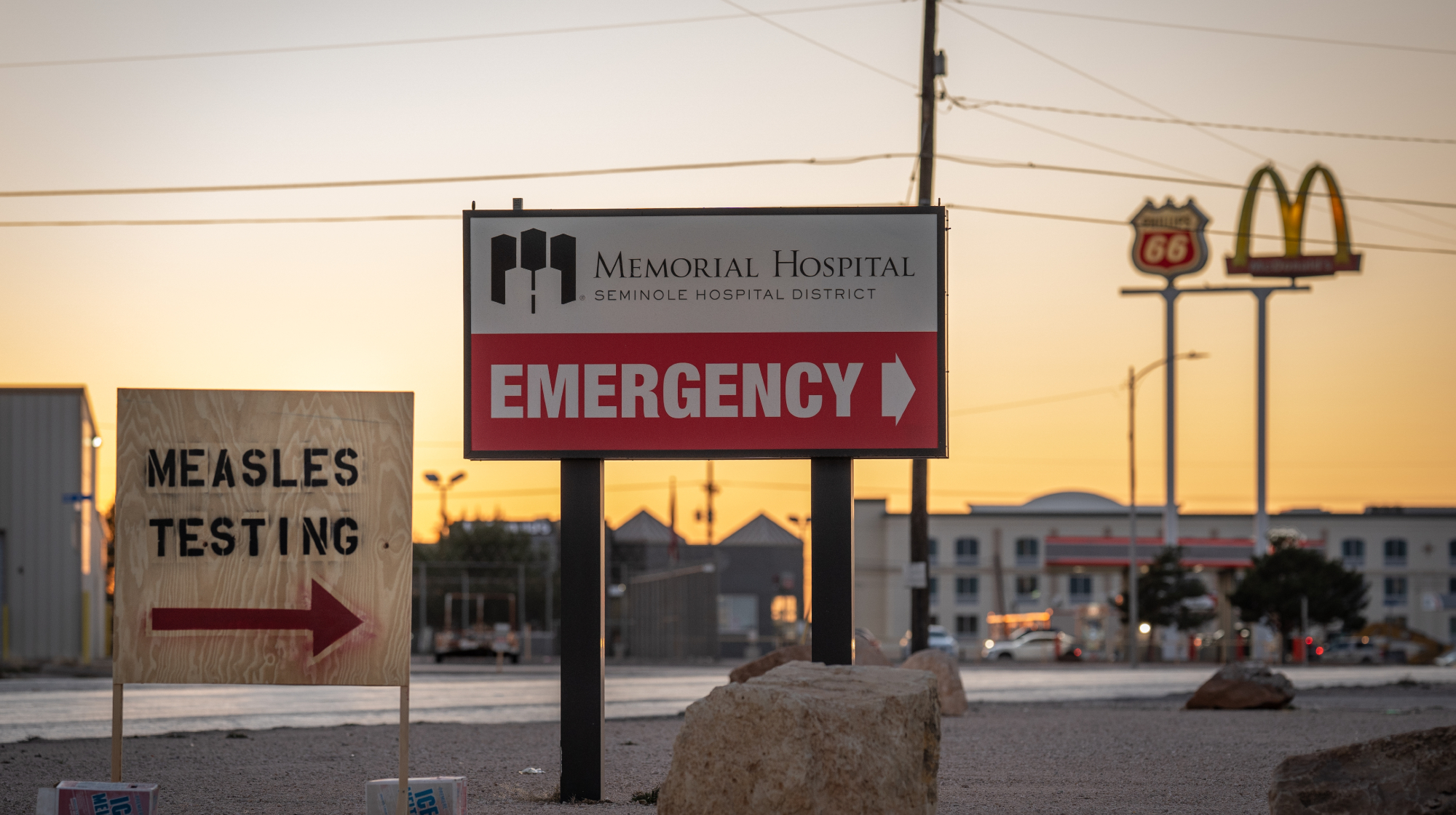 Texas declares end to measles outbreak
Texas declares end to measles outbreakSpeed Read The vaccine-preventable disease is still spreading in neighboring states, Mexico and Canada
-
 RFK Jr. shuts down mRNA vaccine funding at agency
RFK Jr. shuts down mRNA vaccine funding at agencySpeed Read The decision canceled or modified 22 projects, primarily for work on vaccines and therapeutics for respiratory viruses
-
 Measles cases surge to 33-year high
Measles cases surge to 33-year highSpeed Read The infection was declared eliminated from the US in 2000 but has seen a resurgence amid vaccine hesitancy
-
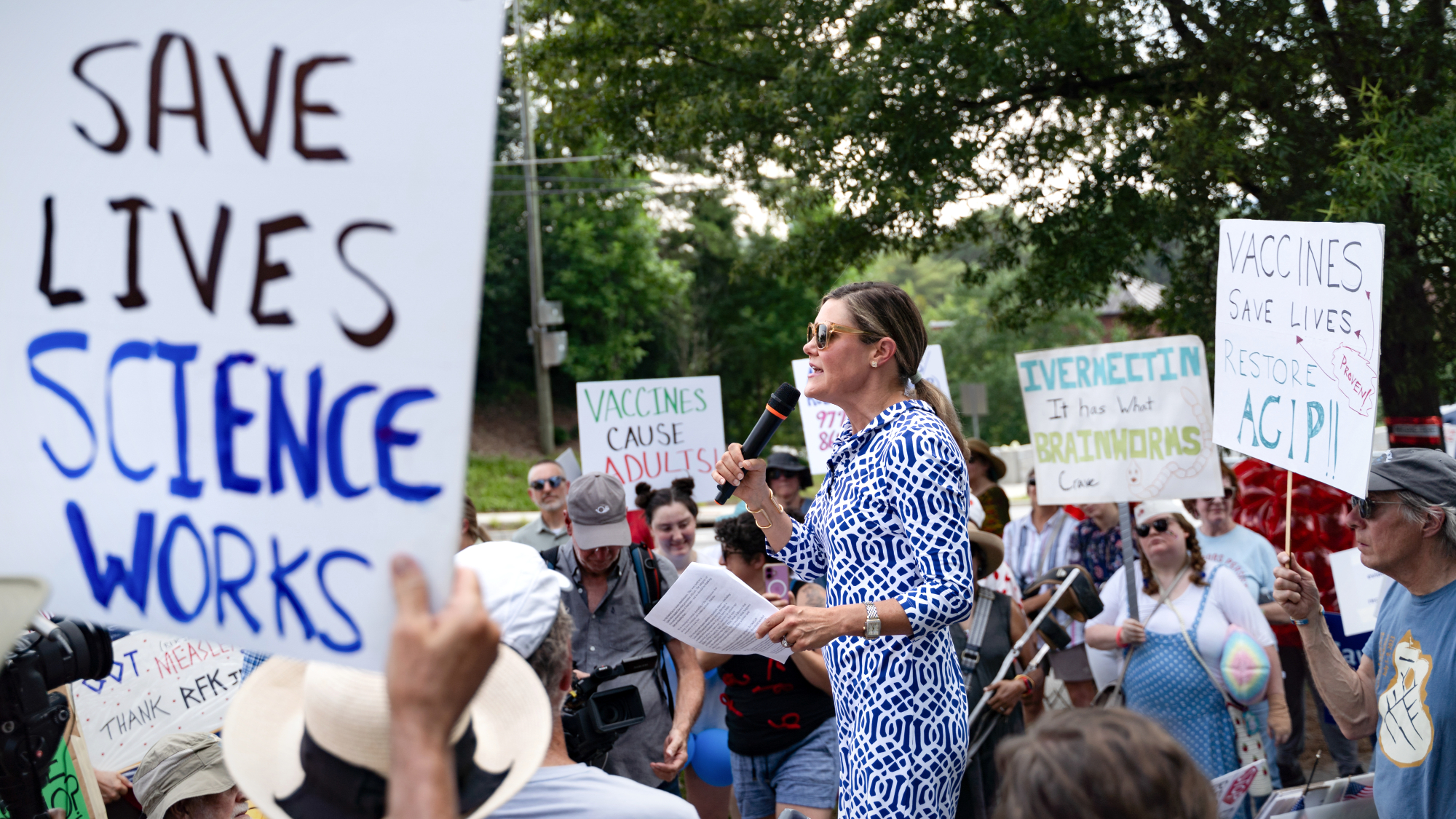 Kennedy's vaccine panel signals skepticism, change
Kennedy's vaccine panel signals skepticism, changeSpeed Read RFK Jr.'s new vaccine advisory board intends to make changes to the decades-old US immunization system
